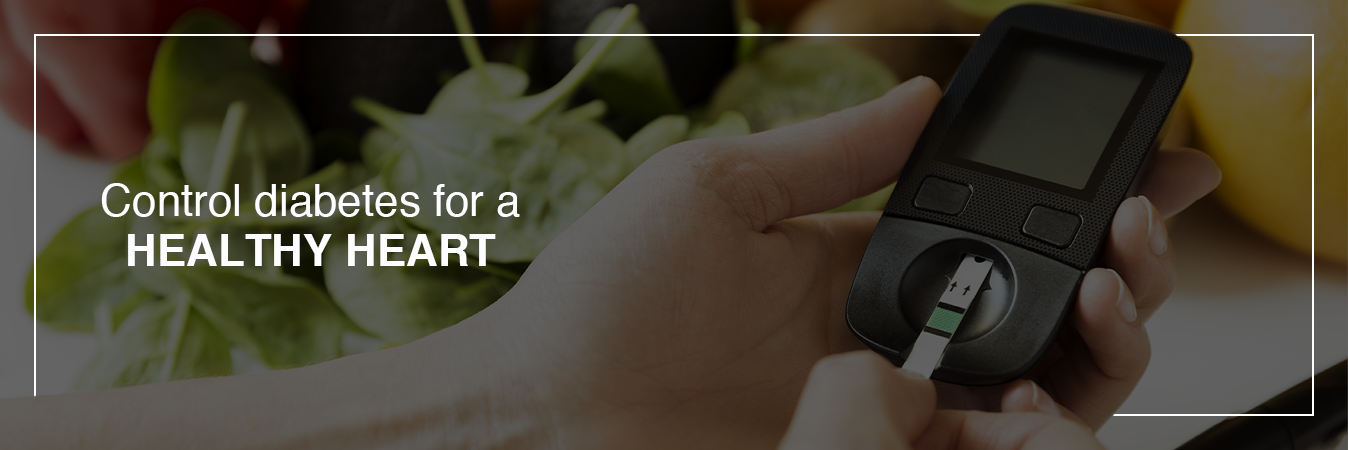Diabetes has reached an epidemic level worldwide. Type 2 diabetes is marked by high levels of blood sugar. Over time, high blood sugar damages small blood vessels throughout the body. This is called microvascular disease. The damage can lead to kidney failure, nerve pain, amputation, and blindness. But the leading cause of complications and death in people with diabetes is cardiovascular disease, which involves the body’s larger blood vessels. (This is also called macrovascular disease.) About two-thirds of people with diabetes die from heart disease, stroke, or other cardiovascular problems. Diabetes is a well-established independent risk factor for cardiovascular diseases. Moreover, cardiovascular complications are the leading cause of diabetes-related morbidity and mortality. Compared with non-diabetic individuals, diabetic patients have 2 to 4 times increased risk for stroke and death from heart disease. People with diabetes also tend to develop heart disease or have strokes at an earlier age than other people. People with diabetes who have already had one heart attack run an even greater risk of having a second one. In addition, heart attacks in people with diabetes are more serious and more likely to result in death. High blood glucose levels over time can lead to increased deposits of fatty materials on the insides of the blood vessel walls. These deposits may affect blood flow, increasing the chance of clogging and hardening of blood vessels (atherosclerosis).
Diabetes itself is a risk factor for heart disease and stroke. Also, many people with diabetes have other conditions that increase their chance of developing heart disease and stroke. These conditions are called risk factors and include hypertension, dyslipidemia, smoking, and having a family history of heart disease. It is well known that among patients with type 2 diabetes, those with higher levels of blood glucose and HbA1c are at greater risk for CVD. Glycemic fluctuations and chronic hyperglycemia are triggers for inflammatory responses. Direct effects of glucose toxicity, oxidative stress, and low-grade inflammation act in a vicious cycle leading to micro- and macrovascular complications.
Having diabetes or prediabetes puts you at increased risk for heart disease and stroke. You can lower your risk by keeping your blood glucose, blood pressure, and blood cholesterol under control. Make sure that your diet is “heart-healthy.” Foods high in fiber may help lower blood cholesterol. Oat bran, oatmeal, whole-grain breads and cereals, dried beans and peas, fruits, and vegetables are all good sources of fiber. Increase the amount of fiber in your diet gradually to avoid digestive problems. Cut down on saturated fat. It raises your blood cholesterol level. Saturated fat is found in meats, poultry skin, butter, dairy products with fat, shortening, lard, and tropical oils such as palm and coconut oil. Quit smoking. Smoking doubles your risk of getting heart disease. Stopping smoking is especially important for people with diabetes because both smoking and diabetes narrow blood vessels. Be physically active. Do regular exercise for half an hour atleast 5 days a week. Keep your blood sugar under control. Blood glucose targets are: Before meals 80 to 130 mg/dL, and 2 hours after meal- less than 180 mg/dL. Have an A1C test at least twice a year. It shows your average blood glucose level over the past 3 months. A1c targets are usually less than 7 percent, but the targets may be different depending upon the age, duration of diabetes and other coexisting conditions. Blood pressure should be kept below 140/80 mm Hg. Cholesterol should be checked atleast once a year. The targets are LDL cholesterol- less than 100 mg/dL, Triglycerides- less than 150 mg/dL, HDL cholesterol- above 40 mg/dL for males and above 50 mg/dL for females. Most of the patients with diabetes need to take statins- cholesterol lowering medications, irrespective of the cholesterol numbers, so as to reduce the risk of cardiovascular disease.
Control of the above ABCs of diabetes can reduce your risk for heart disease and stroke. If your blood glucose, blood pressure, and cholesterol levels aren’t on target, ask your doctor what changes in diet, activity, and medications can help you reach these goals.Points to remember:
If you have diabetes, you are at least twice as likely as other people to have heart disease or a stroke. There are lots of things to do to reduce the risk of heart disease.
- If you smoke, stop.
- Lose weight if you are overweight
- Keep your blood pressure in the proper range
- Get regular physical activity
- Keep your blood fats and cholesterol levels in a healthy range
- Keep your blood glucose under control


